In Chanoyu,
A Profound Influence
Of all the art forms that Japan adopted from China, chanoyu, or tea ceremony, had the most profound influence, perhaps because “the way of the tea” so well suited the way of the Japanese. “Minimalism, balance and composure,” the three essentials in chanoyu, were fundamental to life.
Chanoyu: Nothing Left to Chance
In a Japanese tea ceremony, nothing is left to chance—the simple atmosphere is a result of careful calculations. The plain, straw-mat room is sparsely decorated with a seasonal scroll or flower arrangement, and tea is served in precious yet unpretentious ceramic bowls. A kimono is chosen for its design, perhaps a cherry blossom scene for spring, or autumn leaves for fall. Each design reflects simplicity and natural beauty.
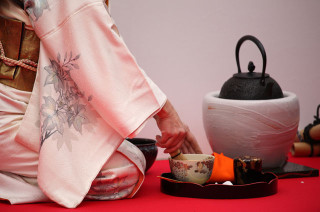
In the 14th century, chanoyu was a luxurious pastime exclusively enjoyed by the aristocracy. It was not until the 17th and 18th centuries that the Japanese tea ceremony was brought to the masses, thanks to the merchant class who strove to emulate the elite. Merchant homes had a formal tea room, always four-and-a-half tatami in size, just like the 15th-century tea room used by Shogu Ashikaga Yoshimasa at his Kyoto villa, Ginkakugi the Silver Pavilion. From the room, chaniwa or tea garden, with ferns, mosses, shrubs, bamboo fences and stone lanterns are carefully tended to for guests to enjoy in quiet contemplation.
Experience Japan With B&R
Scheduled Group Biking Trip
The wonderful riddle of contemporary Japan is how wholeheartedly it has embraced all things modern—all the while retaining the customs of times past. See history come to life on two wheels on our Japan Biking adventure.
DETAILED ITINERARYScheduled Group Walking Trip
Immerse yourself in Japanese culture, history and nature on our Japan Walking trip, where you’ll stroll through rice fields, ancient bamboo groves, and centuries-old temples as you get a taste of authentic rural Japan.
DETAILED ITINERARY“Courtesy, politeness, modesty…”
Many of Japan’s feudal warriors were lovers of the tea ceremony. Oda Nobunaga, the ferocious mid-16th-century leader, was forced to honourably disembowel himself when he was ambushed by a treasonous general after taking a chanoyu interlude en route to war. He was avenged by another fan of the tea, Toyotomi Hideyoshi. The expansionist leader once held an elaborate 10-day tea ceremony after a successful campaign in Kyushu. His interpreter, the Portuguese Jesuit Juan Rodriguez, wrote of the Japanese tea ceremony: “Courtesy, politeness, modesty, exterior moderation, calmness, place of body, and soul without any pride or arrogance, fleeing from ostentation, pomp, external grandeur and magnificence.”
The Japanese tea ceremony uses a special green tea that is very bitter, so a sweet, pounded rice-and-bean paste is presented before the drinking. Cha kaiseki, a special type of kaiseki-ryori, evolved as part of a full-length ceremony. Today, as in feudal times, it consists of a seemingly unending course of tiny porcelain or lacquer dishes with artistically arranged vegetables, fish and rice.
The entire meal is a combination of texture, flavour, aroma and seasonal foods. Like nature, the tea ceremony provides balance.
MORE FROM Asia-Pacific + Japan

Biking in Cambodia with B&R Expert Guide Fin
Cambodia
The Slow Fund: Rice Production with Ozuchi Village
Japan
Take a Virtual Ride on the Hai Van Pass in Vietnam
Vietnam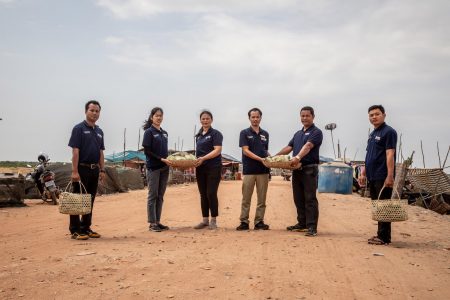
How Three Cambodian Hotels Are Joining Forces to Feed Their Communities
Cambodia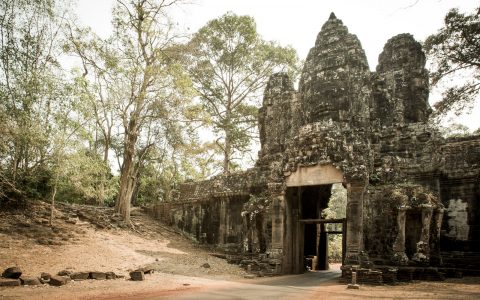
Meet Fin—B&R’s Expert Guide in Cambodia
Cambodia
An Insider’s Eye on Vietnam: What to See and What to Skip, According to our Vietnam Expert
Vietnam
Photo Essay: Exulting in Mongolia’s Eternal Blue Sky
Mongolia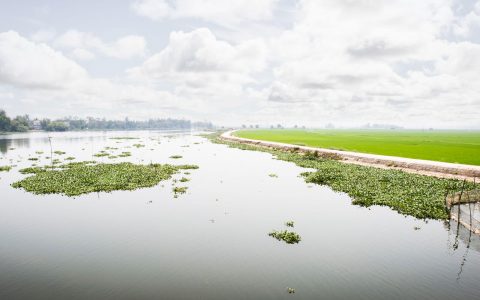
The Best Times of Year to Travel to Asia
Vietnam
Chris Litt: On Mongolia and the Desire to Disconnect
Mongolia
Top 6 Multi-Day Walks in Australia
Australia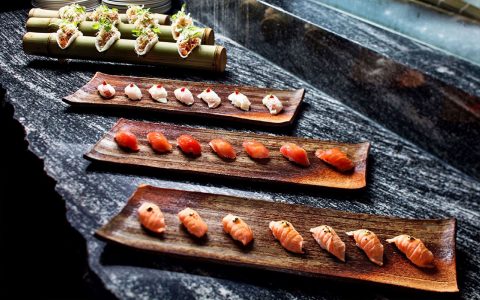
The 8 Best Restaurants in Auckland
New Zealand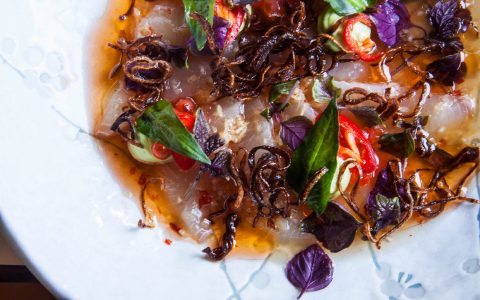
The 5 Best Restaurants in Wellington
New Zealand
8 Reasons Why You Need to Take an Australian Adventure
Australia
Cultural Quirks About Bhutan That Will Blow Your Mind
Bhutan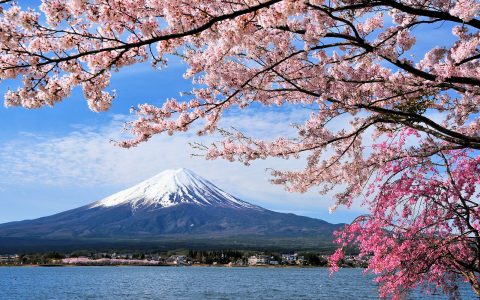
5 Things to Know Before You Go to Japan
Japan
8 Favourite Restaurants to Eat in Queenstown
New Zealand
10 Must-Try Australian Wines
Australia
Where to Eat in Hong Kong: 7 Best Restaurants
China
A Kiwi’s Guide to Enjoying New Zealand
New Zealand


